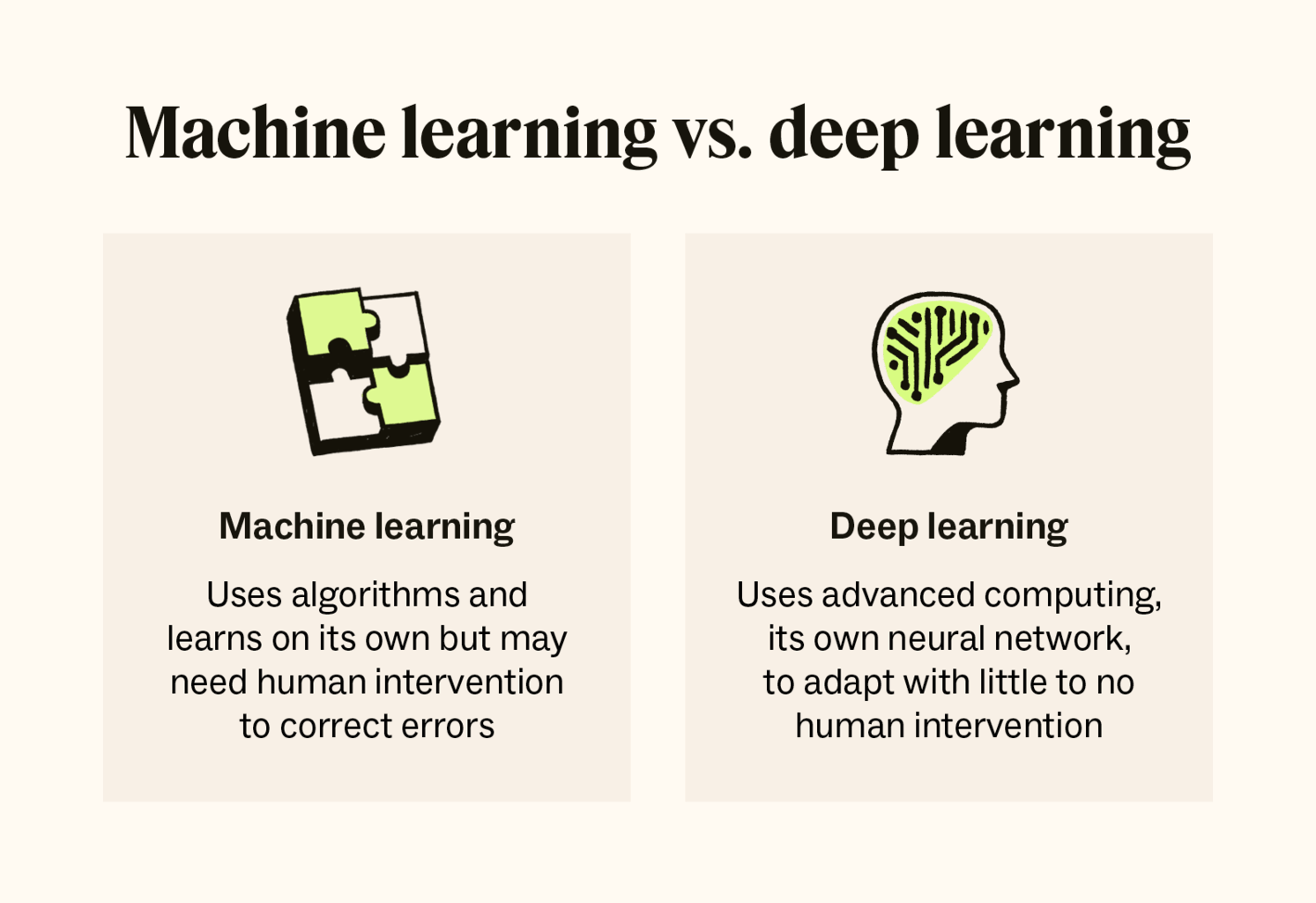CPOpen: Your Gateway to Current Affairs
Stay updated with the latest trends and insights across various topics.
Are Machines Learning to Be Funny?
Discover if AI can master humor! Explore the hilarious side of machines learning to make us laugh in this intriguing blog post.
The Science of Humor: Can AI Understand Comedic Timing?
The science of humor is a complex tapestry woven from cultural context, timing, and the unexpected. At its core, humor often hinges on the element of surprise; a punchline must interrupt the listener’s expectations in a clever way. The challenge for AI lies in its ability to grasp these nuances. While advanced algorithms can analyze patterns in language and identify what might typically be considered funny, they struggle with the subtleties of comedic timing. Humor is not merely about the words used but also about delivery, context, and the shared experience between the joke-teller and the audience.
Moreover, AI's interpretation of humor is restricted by its lack of emotional intelligence. Comedic timing often requires an awareness of social cues and emotions, which are difficult for machines to perceive accurately. A successful comedian adapts their timing based on audience feedback, gauging reactions and adjusting their delivery in real-time. In contrast, AI processes jokes through a cold, analytical lens, potentially missing the mark when it comes to truly understanding what makes something funny. As AI technology continues to evolve, the question remains: will it ever master the intricacies of humor as humans do, or will the art of comedy remain an exclusively human domain?

From Jokes to Punchlines: How Machines Are Learning to Be Funny
The fusion of technology and humor has led to an intriguing exploration in the realm of artificial intelligence. Machines are learning to craft jokes by analyzing vast datasets of comedic material, ranging from classic stand-up routines to internet memes. This process involves complex algorithms that decode the structure of jokes and identify elements that make them funny, such as timing, incongruity, and wordplay. As these AI systems evolve, they are not merely mimicking human humor; they are developing their own understanding of what tickles the funny bone.
One fascinating aspect of this development is how AI can generate punchlines tailored to specific setups, creating a dynamic interaction with audiences. Through techniques like natural language processing and sentiment analysis, machines can gauge the mood of their listeners and adjust their humor style accordingly. This capability opens doors to innovative applications in entertainment, marketing, and social media, where quick wit is highly valued. As we delve deeper into this quirky intersection of technology and humor, it raises questions about the nature of comedy and whether machines can truly comprehend what it means to be funny.
Can Robots Make Us Laugh? Exploring AI's Journey into Comedy
The concept of robots making us laugh may seem like something out of a sci-fi movie, but in recent years, AI has made significant strides in the world of comedy. From developing sophisticated algorithms that analyze humor patterns to creating original jokes, robotic comedians are stepping onto the stage, aiming to tickle our funny bones. Using data from stand-up routines and sitcoms, these machines can identify what people find funny and attempt to mimic those styles. For many, the idea of a robot comedian raises an intriguing question: Can humor truly be replicated by artificial intelligence, or is laughter a uniquely human trait?
As we explore this uncharted territory, we encounter various experiments showcasing AI's comedic capabilities. For instance, researchers have programmed AI systems to generate punchlines based on classic joke structures, while others have trained bots to engage in improvisational dialogue. Although the humor produced by robots can be hit-or-miss, some interactions have elicited genuine laughter from audiences, proving that the journey into comedy is an evolving one. Ultimately, while we may not have fully automated stand-up routines just yet, the prospect of robots making us laugh invites us to reconsider the nature of humor and the limits of creativity when machines enter the realm of entertainment.